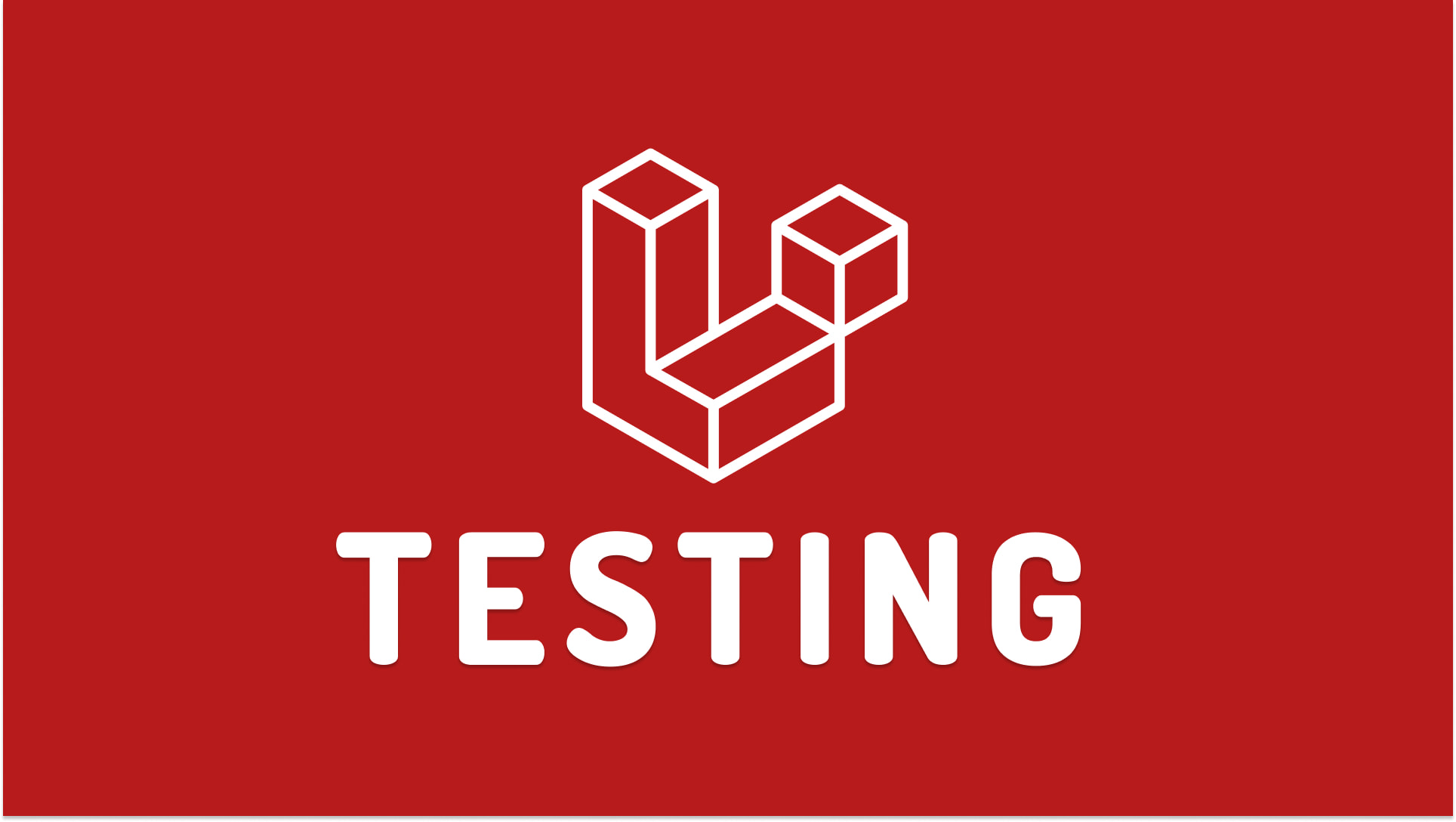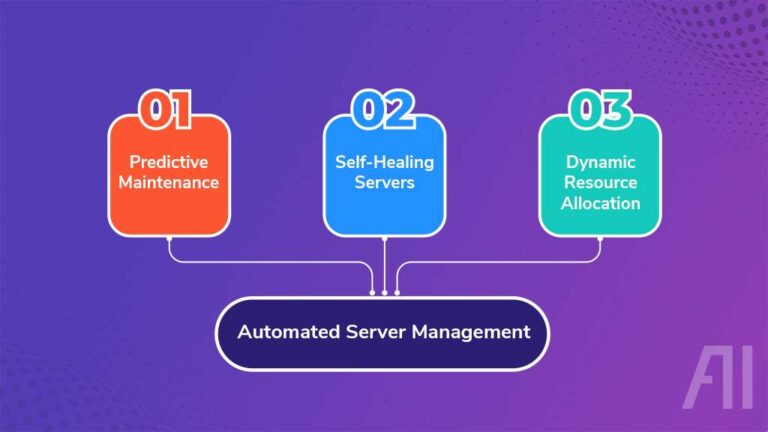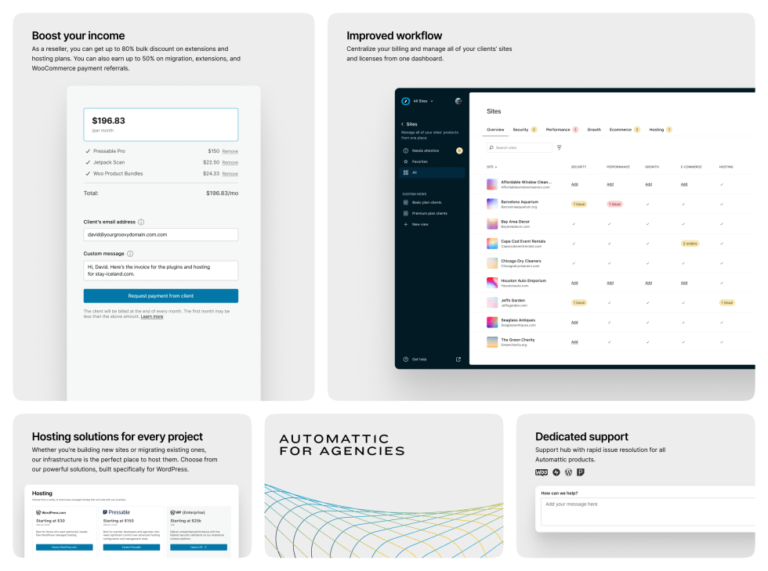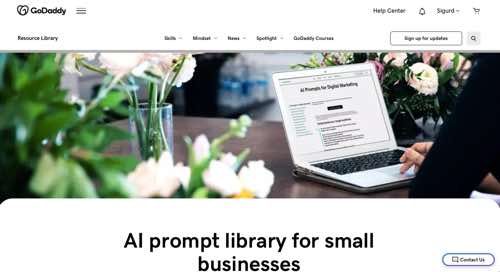
In the realm of web development, ensuring the reliability and stability of applications is paramount. Testing plays a crucial role in achieving this goal, and Laravel, a popular PHP framework, provides a robust testing environment. In this article, we will embark on a deep dive into Laravel testing, unraveling its intricacies and exploring effective strategies for ensuring the quality of your applications.
1. The Foundation: PHPUnit
Laravel’s testing foundation is built upon PHPUnit, a widely used testing framework for PHP. PHPUnit enables developers to write unit tests, integration tests, and even functional tests, fostering a comprehensive approach to testing. Laravel extends PHPUnit, providing additional features and a more expressive syntax to streamline the testing process.
2. Unit Testing in Laravel
Unit testing involves isolating specific parts of your code and verifying that they function as expected. Laravel’s artisan command-line tool makes it easy to generate unit tests for various components of your application. These tests, typically stored in the tests/Unit directory, focus on individual methods or functions.
Laravel’s testing helpers, such as assert, assertTrue, and assertEquals, simplify the process of writing expressive and readable tests. Additionally, the framework includes a testing database, allowing developers to interact with a clean slate for each test, preventing unintended side effects.
3. Integration Testing: Uniting Components
Integration testing takes a step further by testing the collaboration between different components of your application. Laravel facilitates integration testing through its TestCase class, providing methods for interacting with your application in a way that simulates a user’s actions.
Integration tests, residing in the tests/Feature directory, help ensure that various parts of your application work seamlessly together. Laravel’s HTTP test utilities allow for simulating HTTP requests, making it possible to test routes, controllers, and middleware in an integrated manner.
4. The Art of Mocking
Mocking is a powerful technique in testing, allowing developers to create simulated versions of objects or components. Laravel leverages PHPUnit’s mocking capabilities, enabling developers to isolate units of code for testing without relying on external dependencies.
By creating mock objects, developers can control the behavior of certain parts of the application, making it easier to test specific scenarios. Laravel’s mocking features, such as shouldReceive and with, enhance the expressiveness of tests, providing a clear and concise way to define expectations.
5. Laravel Dusk: Browser Testing Made Easy
While PHPUnit handles unit and integration testing, Laravel Dusk focuses on end-to-end testing by simulating user interactions with the application in a real browser environment. Dusk provides an expressive syntax for browser automation, making it easy to write tests for frontend components.
With Dusk, developers can interact with pages, click buttons, fill forms, and assert that the application behaves as expected. Dusk tests are written in a similar fashion to PHPUnit tests, providing a seamless transition for developers familiar with Laravel’s testing ecosystem.
6. Continuous Integration and Laravel
Continuous Integration (CI) is crucial for maintaining a healthy codebase by automatically running tests whenever changes are pushed to a version control repository. Laravel supports integration with popular CI services like Travis CI, GitHub Actions, and GitLab CI, ensuring that tests are executed consistently in a controlled environment.
By incorporating CI into your Laravel project, you can catch potential issues early in the development process, facilitating rapid feedback and preventing the introduction of bugs into the codebase.
Conclusion
In conclusion, Laravel provides a comprehensive testing ecosystem that empowers developers to create reliable and maintainable applications. By embracing unit testing, integration testing, and browser testing with Laravel Dusk, developers can build a robust suite of tests that validate the functionality and performance of their applications.
Understanding the intricacies of Laravel testing, including the use of PHPUnit, mocking, and continuous integration, is essential for delivering high-quality software. As you embark on your Laravel testing journey, remember that effective testing is not just about finding bugs but also about building confidence in your code and ensuring its long-term stability.
In case you have found a mistake in the text, please send a message to the author by selecting the mistake and pressing Ctrl-Enter.






